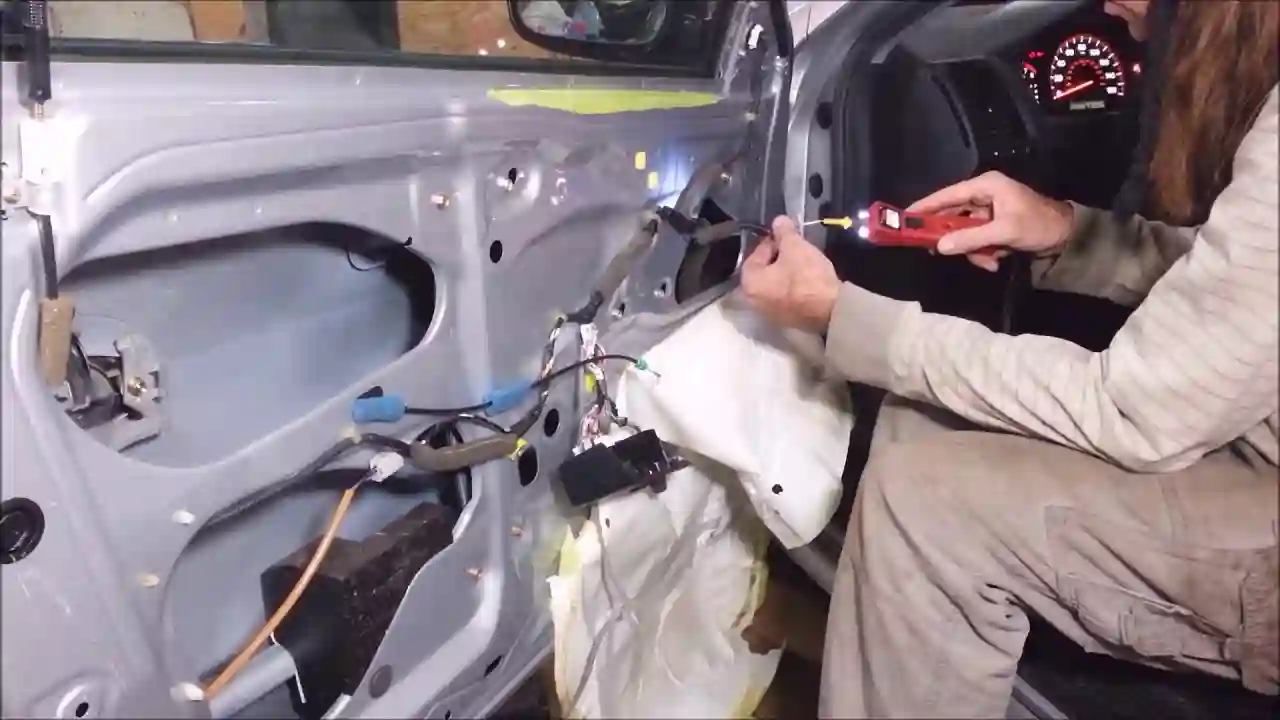When faced with a malfunctioning or broken window regulator in your vehicle, you’re presented with a choice: should you opt for original equipment manufacturer (OEM) parts or consider aftermarket window regulator parts as replacements? This decision can be challenging, as both options have their own set of advantages and disadvantages. In this article, we’ll explore the pros and cons of aftermarket window regulator parts to help you make an informed choice when it comes to repairing or replacing this essential component of your car’s window system.
What Are Aftermarket Window Regulator Parts?
Before delving into the pros and cons, let’s clarify what aftermarket window regulator parts are. Aftermarket parts are components produced by companies other than the original manufacturer of your vehicle. These parts are designed to fit and function similarly to the OEM parts they replace, offering an alternative option for repairs and replacements.
Pros of Aftermarket Window Regulator Parts:
Cost Savings:
One of the most significant advantages of aftermarket window regulator parts is cost savings. Aftermarket parts are often more affordable than their OEM counterparts, making them an attractive option for budget-conscious consumers. This cost-effectiveness can be particularly appealing when faced with costly automotive repairs.
Availability:
Aftermarket parts are readily available from a variety of sources, including auto parts stores, online retailers, and local repair shops. This accessibility means you can quickly find the parts you need without waiting for an OEM part to be ordered or shipped.
Diverse Options:
Aftermarket parts come in a wide range of brands and varieties, giving you the flexibility to choose the part that best fits your specific needs and preferences. This diversity allows you to select a part that aligns with your budget, quality expectations, and vehicle requirements.
Competition and Innovation:
The aftermarket automotive industry is highly competitive, which drives innovation and improvement in the quality of aftermarket parts. Manufacturers of aftermarket components are often motivated to enhance their products to meet or exceed OEM standards, benefiting consumers with better-performing parts.
Upgraded Features:
Some aftermarket window regulator parts may offer upgraded features or enhancements not found in the original equipment. This can include improved materials, design modifications, or additional functionality, providing you with options to enhance your vehicle.
Cons of Aftermarket Window Regulator Parts:
Quality Variability:
One of the most significant concerns with aftermarket parts is the variability in quality. Not all aftermarket manufacturers adhere to the same quality control standards, which can lead to inconsistency in product performance and durability. Some aftermarket parts may not meet the same level of quality as OEM parts.
Fitment Challenges:
While aftermarket parts are designed to be compatible with various vehicle makes and models, fitment issues can arise. In some cases, you may encounter parts that do not fit precisely or require modifications to function correctly. This can lead to frustration and additional labor costs during installation.
Limited Warranty:
Aftermarket parts may come with limited or shorter warranties compared to OEM parts. While some reputable aftermarket manufacturers offer warranties, the coverage may not match the longevity and protection provided by OEM warranties. This can be a concern if you’re looking for long-term reliability.
Potentially Incompatible Electronics:
In modern vehicles, window regulators are often integrated with the vehicle’s electrical system. Aftermarket window regulator parts may not always seamlessly integrate with the vehicle’s electronics, leading to compatibility issues. This can result in electrical malfunctions or the need for additional modifications.
Resale Value Concerns:
Some car enthusiasts and potential buyers may prefer vehicles with OEM parts, as they are seen as more authentic and of higher quality. If you plan to sell your vehicle in the future, using aftermarket parts for essential components like window regulators may affect its resale value or appeal to potential buyers.
Tips for Choosing Aftermarket Window Regulator Parts:
If you decide to explore aftermarket window regulator parts as a replacement option, here are some tips to help you make an informed choice:
Research and Reputation:
Look for reputable aftermarket manufacturers with a history of producing high-quality automotive parts. Reading customer reviews and seeking recommendations from trusted sources can help you identify reliable brands.
Check Fitment:
Ensure that the aftermarket part you select is compatible with your specific vehicle make and model. Use fitment guides provided by manufacturers and retailers to confirm compatibility before purchasing.
Quality vs. Price:
Balance your budget with your expectations of quality. While cost savings are attractive, be cautious of extremely low-priced parts that may sacrifice quality. Invest in parts that strike a reasonable balance between affordability and reliability.
Warranty Coverage:
Review the warranty offered with the aftermarket part. A longer or more comprehensive warranty can provide peace of mind and protection in case of defects or premature failure.
Consult with a Professional:
If you’re uncertain about the compatibility or installation of an aftermarket part, seek advice from a professional mechanic or automotive expert. Their experience can help you avoid potential issues during the installation process.
In Conclusion:
Aftermarket window regulator parts offer cost-effective alternatives to OEM replacements, making them an attractive option for many vehicle owners. However, the decision to choose aftermarket parts should be made with careful consideration of the pros and cons. Quality and compatibility should be top priorities when selecting aftermarket components to ensure the safe and reliable operation of your car’s window system. By conducting thorough research and consulting with experts, you can make informed choices that meet your budget and performance expectations.


